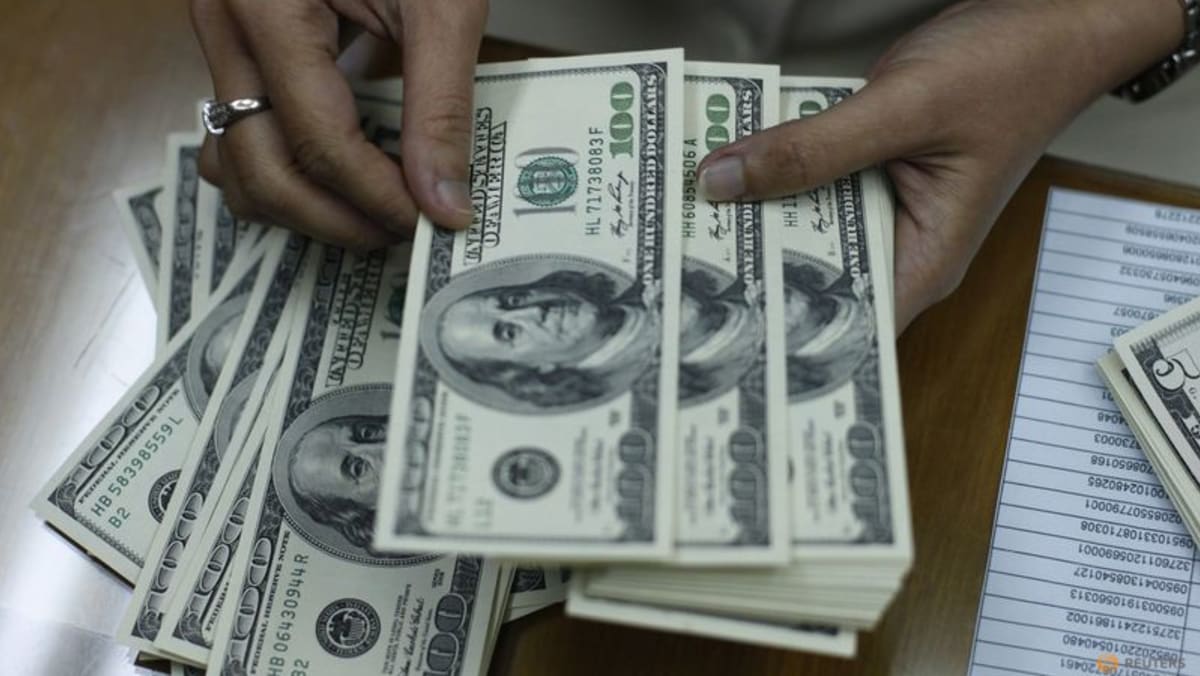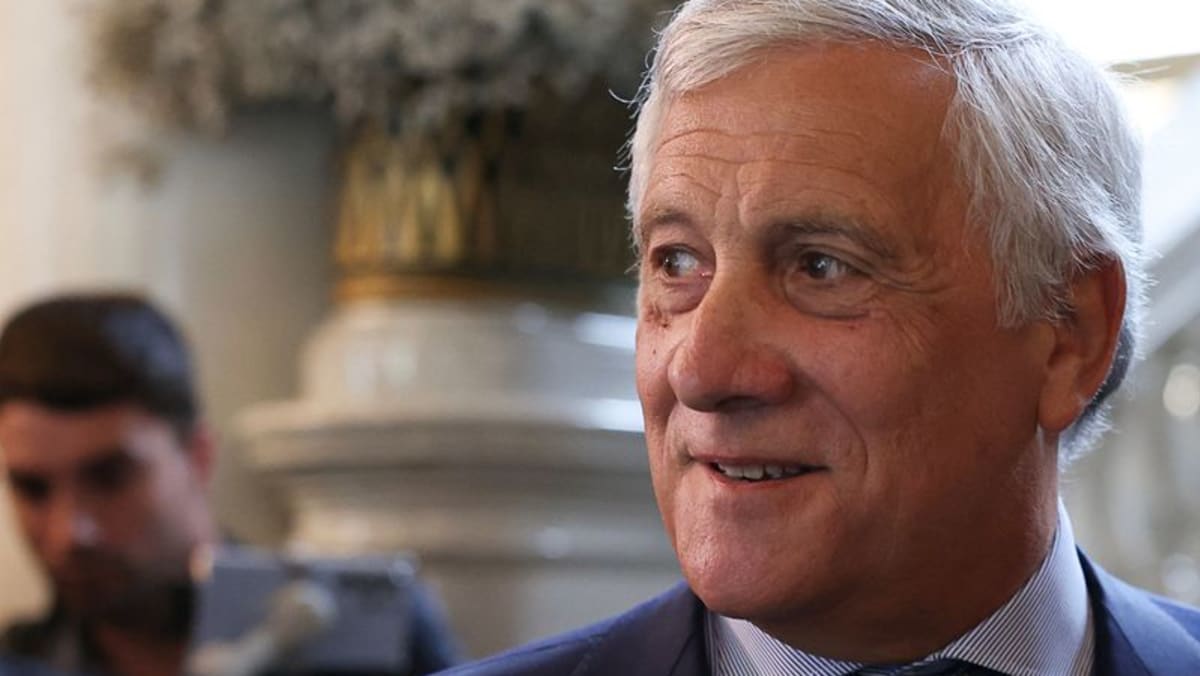NEW YORK :The dollar ended little changed on Friday, pressured by a fall in Treasury yields after a tame U.S. inflation report that investors said kept the runway for the expected September Federal Reserve easing clear.
The Commerce Department’s June personal consumption expenditures (PCE) price index nudged up 0.1 per cent, as expected, after being unchanged in May, underscoring an improving inflation environment.
Year over year, the PCE price index climbed 2.5 per cent after rising 2.6 per cent in May, also in line with forecasts by economists polled by Reuters. The Fed closely tracks the PCE price measures for monetary policy, and subsiding inflation pressures could help officials who are meeting next week gain confidence that inflation is moving toward the U.S. central bank’s 2 per cent target.
Steve Englander, head of G10 FX research at Standard Chartered Bank in New York, said that PCE data released a day earlier alongside a surprisingly strong 2.8 per cent growth rate reading on second quarter GDP prompted last minute anxiety about hotter monthly data.
So the rise reported Friday was a relief compared to Thursday’s number showing core PCE prices rising at a 2.9 per cent rate.
“The number was good enough,” Englander said. “It wasn’t a home run but compared to yesterday markets said ‘yep nothing to worry about here, it doesn’t really derail September and they (the Fed) weren’t going to cut in July anyway. So life goes on.'”
Meanwhile, the yen has dominated currency markets this month after surging to a near three-month high of 151.945 per dollar on Thursday. It started the month at a 38-year low of 161.96 before Bank of Japan currency intervention and expectations that the Bank of Japan would deliver a hawkish policy tweak at its meeting next week flushed out yen carry-trade shorts.
The Federal Open Market Committee meets July 30 and 31, the same days as the BOJ. It is expected to hold borrowing costs steady but traders continue to bet the Fed will cut at its next meeting in September and see up to two more rate cuts this year.
The yield on benchmark U.S. 10-year notes fell 5.4 basis points, while two-year note yields, which typically move in step with interest-rate expectations, were down 5.6 basis points after the report.
The Bank of Japan, on the other hand, may raise rates next week, with markets pricing in a 64 per cent chance of a 10 bps hike . Expectations of narrowing U.S.-Japan interest rate differentials have reduced the confidence in using low-yielding yen as a funding currency for investments in other economies. It still pays to be short yen, but increased volatility makes it harder to hold on to those positions.
“What you’re seeing is Japanese investors and foreign investors leaving the Japanese market and investing in global tech, predominantly. So unless whatever the BOJ does persuades (investors) to come back into the Japanese asset market, it’s very hard to make the case that the yen is in the midst of a turning point for now,” he said.
Dollar/yen weakened 0.1 per cent to 153.77 in late trade. The euro went up 0.13 per cent to $1.0858.
The dollar index, which measures the greenback against a basket of six currencies including the yen and the euro, fell 0.04 per cent to 104.29.
Sterling strengthened 0.17 per cent to $1.2873. That price is well below the one-year high of $1.3044 hit last week, with traders pricing a 50 per cent chance of the Bank of England cutting rates when it meets next week. Markets are anticipating 51 bps of cuts this year.
Dollar/Canada inched up 0.05 per cent to 1.3811.
Against the Swiss franc, dollar strengthened 0.19 per cent at 0.8830. The Australian dollar strengthened 0.28 per cent to US$0.6556 and kiwi strengthened 0.1 per cent to US$0.5892.
The dollar firmed 0.07 per cent against the Chinese yuan to 7.2502 yuan.
In cryptocurrencies, bitcoin gained 3.32 per cent at $67,440.00. Ethereum rose 3.17 per cent at $3,253.30.














